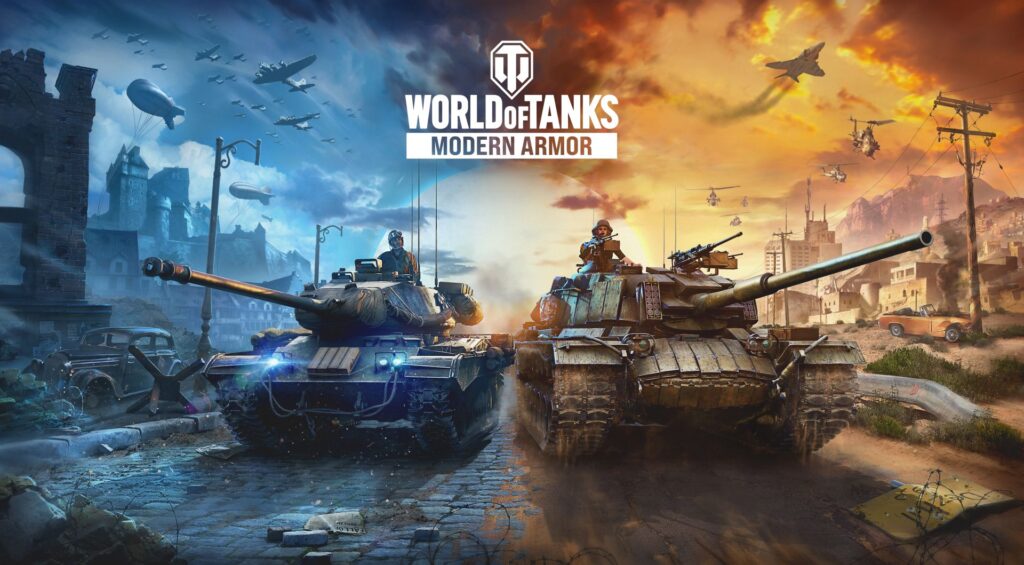Tanks have been a crucial component of modern warfare since their inception in World War I. From the slow and cumbersome Mark I tanks of the early 20th century to the highly advanced main battle tanks of today, the evolution of tank technology has been a remarkable journey of innovation and adaptation. World War II saw tanks play a central role in military campaigns, while the Cold War era brought about the development of highly versatile main battle tanks. The introduction of advanced technologies such as composite armor and reactive armor has made modern tanks more formidable than ever before. As we look to the future, tanks will continue to evolve and adapt to meet the challenges of an ever-changing battlefield, solidifying their position as crucial assets in modern warfare.
The Evolution of the Tank: From World War I to Modern Warfare
Introduction
Tanks have played a crucial role in modern warfare since their introduction in World War I. Originally developed to break through enemy lines and provide cover for infantry troops, tanks have evolved over the decades to become highly sophisticated and versatile weapons systems. In this article, we will explore the evolution of the tank from its humble beginnings in World War I to its role in modern warfare.
World War I: The Birth of the Tank
The first tanks were developed by the British Army during World War I to overcome the stalemate of trench warfare on the Western Front. The Mark I tank, also known as the “Mother,” was introduced in 1916 and featured a top speed of just 4 miles per hour and a crew of eight. Despite their slow speed and limited range, tanks proved to be highly effective in breaking through enemy lines and providing cover for infantry troops.
Throughout World War I, tanks underwent rapid development and improvement. By the end of the war, tanks had evolved to include heavier armor, more powerful guns, and improved mobility. The use of tanks in World War I was a turning point in military history, as it demonstrated the potential of armored vehicles on the battlefield.
World War II: The Golden Age of Tanks
The interwar period saw significant advancements in tank technology, as countries around the world sought to improve on the lessons learned from World War I. By the time World War II broke out in 1939, tanks had become an essential component of modern warfare.
During World War II, tanks played a central role in almost every major military campaign. The German Panzer tanks, the Soviet T-34, and the American Sherman were among the most famous and influential tanks of the war. These tanks featured improved armor, more powerful guns, and better mobility than their World War I predecessors.
The advent of the tank destroyer, a specialized anti-tank vehicle designed to counter enemy tanks, further highlighted the importance of tanks in modern warfare. Tank destroyers were equipped with high-velocity guns and thin armor to maximize their firepower while minimizing their vulnerability to enemy tanks.
The Cold War and the Modern Tank
The end of World War II marked the beginning of the Cold War, a period of tension and rivalry between the United States and its allies and the Soviet Union and its allies. Throughout the Cold War, tanks played a crucial role in the doctrine of both sides, as they were seen as essential for deterrence and defense.
The development of the main battle tank, a highly versatile and heavily armed tank capable of engaging in both offensive and defensive operations, marked a significant milestone in tank technology. The American M1 Abrams and the Soviet T-72 were among the most advanced main battle tanks of the Cold War era.
The end of the Cold War saw further advancements in tank technology, as countries around the world sought to develop tanks that could meet the challenges of modern warfare. The introduction of composite armor, reactive armor, and advanced fire control systems has made modern tanks more survivable and lethal than ever before.
Conclusion
The evolution of the tank from World War I to modern warfare has been a remarkable journey of technological innovation and strategic development. From their humble beginnings in the trenches of World War I to their role as the backbone of modern armies, tanks have played a central role in shaping the course of history.
As we look to the future, tanks will continue to evolve and adapt to meet the challenges of an ever-changing battlefield. Advances in technology, such as unmanned vehicles and artificial intelligence, promise to revolutionize the capabilities of tanks in future conflicts.
The tank remains a symbol of military power and technological prowess, a testament to the ingenuity and determination of those who seek to dominate the battlefield. The evolution of the tank is a testament to the enduring importance of armored vehicles in modern warfare.
